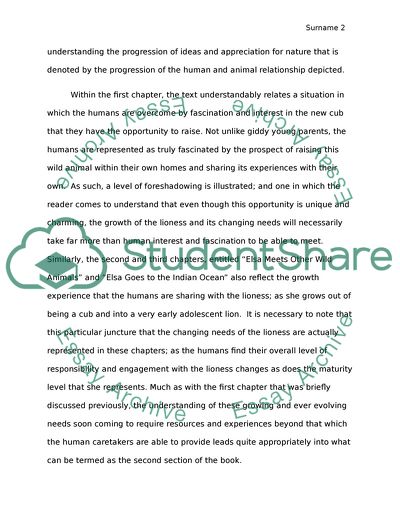Cite this document
(The Human and Animal Interaction According to the Book Born Free Report/Review, n.d.)
The Human and Animal Interaction According to the Book Born Free Report/Review. Retrieved from https://studentshare.org/environmental-studies/1659676-born-free-by-joy-ademson
The Human and Animal Interaction According to the Book Born Free Report/Review. Retrieved from https://studentshare.org/environmental-studies/1659676-born-free-by-joy-ademson
(The Human and Animal Interaction According to the Book Born Free Report/Review)
The Human and Animal Interaction According to the Book Born Free Report/Review. https://studentshare.org/environmental-studies/1659676-born-free-by-joy-ademson.
The Human and Animal Interaction According to the Book Born Free Report/Review. https://studentshare.org/environmental-studies/1659676-born-free-by-joy-ademson.
“The Human and Animal Interaction According to the Book Born Free Report/Review”, n.d. https://studentshare.org/environmental-studies/1659676-born-free-by-joy-ademson.


